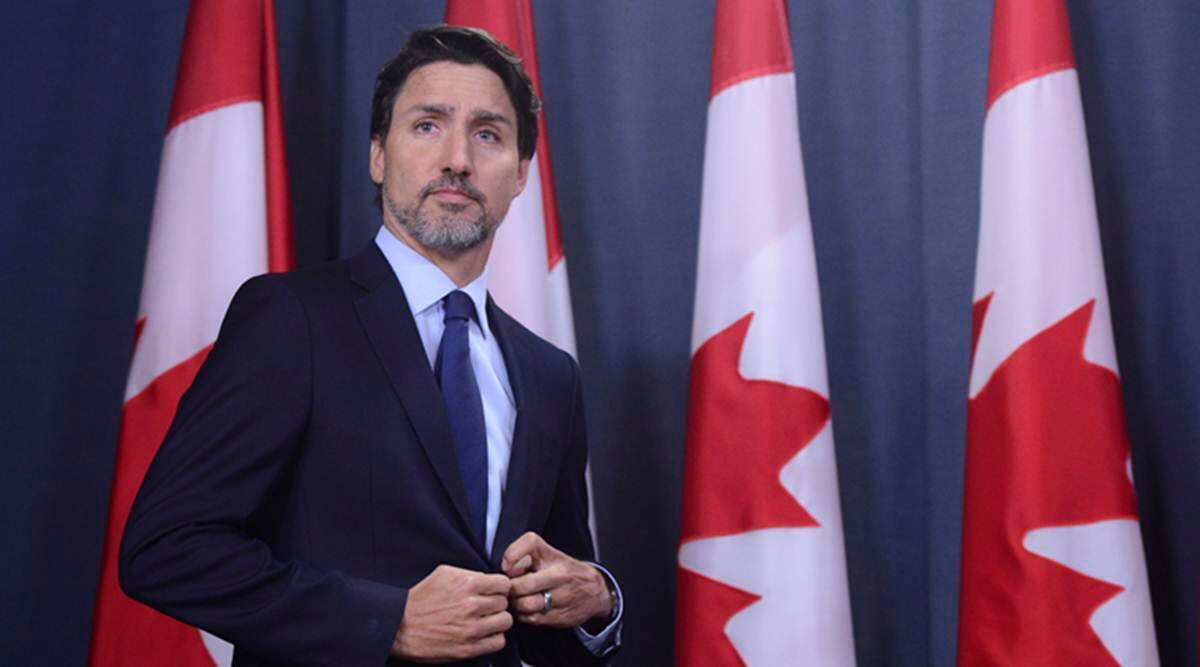With just days remaining until the elections Monday, the Conservatives and the Liberals, who command the most support in Canada’s multiparty system, are locked in a statistical tie at about 30% each.
Written by Ian Austen
The leader of Canada’s Conservative Party, Erin O’Toole, lacks the name recognition, celebrity pedigree and charismatic hair of his Liberal Party rival, Prime Minister Justin Trudeau. A former corporate lawyer with nine years of service in the House of Commons, he came into the snap elections campaign new to the leadership of his party, unfamiliar to most Canadians and not especially popular even among many Conservatives.
Yet O’Toole, 48, the son of a former provincial legislator, has made remarkable progress since last month when the prime minister unexpectedly called the elections, in part by repudiating several of the traditionally conservative stances he championed to win his post.
Poll results in recent weeks have shown support rising both for O’Toole and his party, while it has fallen for Trudeau and the Liberals. With just days remaining until the elections Monday, the Conservatives and the Liberals, who command the most support in Canada’s multiparty system, are locked in a statistical tie at about 30% each.
But because Conservative support is concentrated and heavily concentrated in some regions — particularly, the province of Alberta — most polling experts and political analysts say that O’Toole would have to increase his party’s current support by a lot, perhaps 5 or 6 percentage points, to capture enough seats in the House of Commons to dislodge Trudeau from power.
The shift in the polls may be as much about Liberal decline as it is about Conservative rise.
Trudeau has been in office six years; by now, many Canadians find him more irritating than inspirational, and he has offered no compelling answer to a chief question surrounding this snap election: Why is it being held at all now, two years ahead of schedule? The prime minister’s argument that he needs strong majority of seats in the House of Commons to lead the pandemic recovery has left many unpersuaded, since he has already been doing that with a plurality.
Yet it is also true that O’Toole has been busy reshaping his party to broaden its appeal. He has taken this sort of campaign gamble before, shifting from moderation to more extreme points of view before shifting back again, a tactic that helped him win the party’s leadership last year.
Before this campaign, he reversed his vow to never introduce carbon taxes and rejected the position of social conservatives on issues like abortion and LGBTQ rights. Midcampaign, he rolled back a promise to repeal Trudeau’s ban on about 1,500 assault-style rifles. Although it is an approach that seems to be working, it also has risks.
“The biggest challenge every Conservative leader has is figuring out how to balance the members of the Conservative Party of Canada with the kind of people they need to get to vote for the Conservative Party,” said Ken Boessenkool, a former Conservative campaign strategist from Alberta. “Those two groups of people live on different planets.”
In preparation for next week’s vote, O’Toole and his aides have studied the efforts of David Cameron, the former British prime minister, to modernize that country’s Conservative Party. And just as Trudeau did in 2015, they have sought to target voters who normally do not show on Election Day.
For Trudeau, it was younger people. For O’Toole, it is blue-collar workers anxious about the future of their jobs and annoyed, even angered, by what they see as Trudeau’s political correctness.
O’Toole has also worked on improving his diet and increasing his exercise levels, shedding 40 pounds over the past year or so.
Above all, though, he has focused on his new moderate campaign platform, which is available as a 160-page glossy magazine. O’Toole has replaced his “Take Back Canada” slogan of his leadership campaign with “We Have a Plan.”
Until this week, O’Toole did much of his campaigning in virtual town halls streamed from a temporary television studio not far from Parliament in downtown Ottawa, Ontario. He repeatedly directed callers who had questions to the page numbers in his platform with the answers. At one point, he thumped his copy of the platform on the table to emphasize its heft.
“We have a plan to get the country back on its feet after a difficult 18 months in this crisis. I’m a pro-choice ally to the LGBTQ community,” O’Toole said, sounding like Trudeau at the opening of the English-language debate.
In recent days, Trudeau has been arguing during campaign stops that O’Toole’s shift is deceptive. A review process that O’Toole is proposing could facilitate the very repeal of the assault weapons law he said he would not touch. And O’Toole opposes mandatory vaccination and vaccine passports, a position that polls suggest only the far-right members of his party support.
Duane Bratt, a professor of political science at Mount Royal University in Calgary, Alberta, said that the Conservatives’ current poll standings means that its core membership is willing to overlook the abandonment of issues that are key to them — at least for now.
“If O’Toole does not become prime minister, the danger will be holding this party together,” Bratt said. “There are Conservatives basically saying, ‘OK, we’ll give this O’Toole thing a chance; let’s see if it works.’ And if it doesn’t, do they swing back?”
This article originally appeared in The New York Times.
Source: Read Full Article


